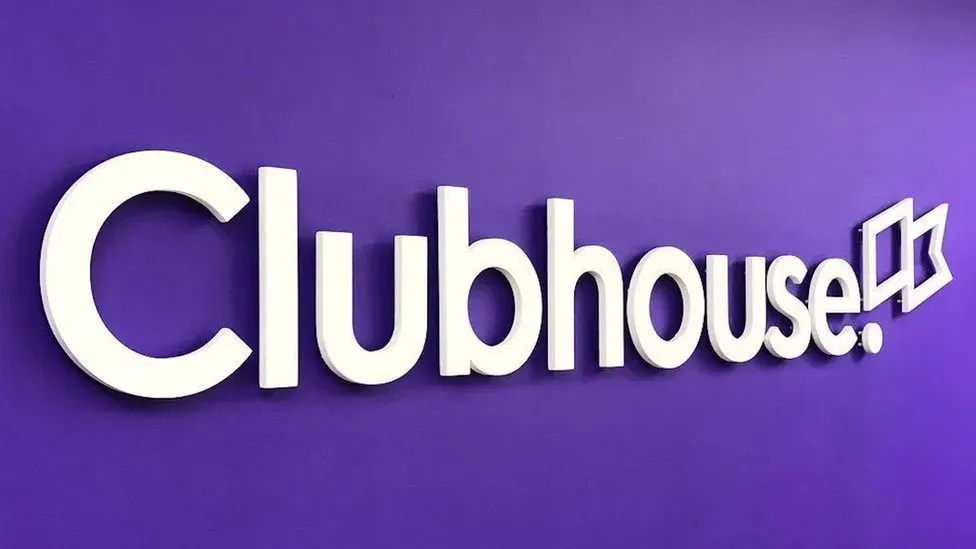Conscious consumption is one of the most prominent trends for 2020, as identified by a 320 million user data analysis by Pinterest. The idea of voting with your dollar, by choosing to support companies aligned with your values has been around for a while. It was started by the millennials, but the current rise in awareness on environmental issues, known as the Greta Effect, has catapulted its influence.
The increase in popularity of sustainable goods, is not only forcing existing companies to adapt their products but is also creating the space for new entrants to stand out even in crowded markets. A good example is fitness influencer Grace Beverley’s sustainable active wear brand, TALA, that managed to enter in a $167 billion market, and still be successful enough to generate revenue of £5.2 million in less than a year. Clearly this shows big opportunity but also big threat to static incumbents. This new trend has created a need in the market for sustainable products, one that does not seem to be fading away any time soon. As a result, either existing brands adapt to this new need or new brands will certainly be created to fulfil it.
So how exactly are brands reacting to this? And will it work?
This trend seems to be encouraging a shift from brand purpose to brand activism and the inclusion of sustainability issues in marketing strategies in 2020. The WARC Marketer’s Toolkit, a survey of nearly 800 marketers, states that more than 75% agree that brands should take a stand on social issues and 84% admit sustainability will have at least some impact on their marketing strategy.
It seems that brands are aware of consumers’ changing preferences, now more skewed towards socially responsible products. But how are brands actually planning to adapt? The above mentioned survey suggests that it is likely that the focus is on packaging and supply chains, and there are already some brands heading in that direction.

The H&M group is set to have a climate-neutral supply chain by 2030 and is currently encouraging its costumers to recycle clothes by offering to collect and give a new life to unwanted garments. Procter & Gamble is reducing e-commerce packaging and will be offering refill options for beauty products. And L’Oréal has made sustainability the centre issue in its Brandstorm competition.
Perhaps the reason why packaging is at the centre of brands’ adaptation to this new consumption behaviour is that along with consumers’ demands, companies face an additional pressure to reduce plastic packaging. For a while now, retailers are facing a Great Delisting phenomenon. The list of products most consumers find unacceptable started with high fat and sugary foods, and evolved to include plastic bottles, straws, and, now, non-recyclable plastic packaging. And retailers have started taking action. Tesco, for one, will have removed one billion plastic pieces from the products it sells in stores by the end of this year. But it does not stop here. The UK supermarket chain has also stated to have the right not to list products with too much non-recyclable plastic, starting this year already. The aftermath? By not adapting its packaging not only will companies face decreased demand for their products, but they could also risk having them excluded by large retailers.
But there are additional problems that brands should consider when choosing their strategies. Not only should they propose to take action, they should also guarantee that it is credible and doable. In 2016, with the Brexit and Donald Trump’s campaigns, an environment where appealing to people’s emotions overrode facts was born. After more than 3 years, this spread of misinformation hampered consumer’s trust. There is then a blank space for marketers to act and help brands regain trust, maybe by aligning them with social issues. This space could also be used to change consumers’ perception on a brand. As an example, H&M, that was viewed as one of the largest fast fashion brands, has used it to highlight its efforts towards sustainability. Additionally, the rising feeling that governments do not act on issues that concern consumers further widens this blank space, creating an opportunity for brands to act on those issues and thereby earn consumer’s trust as socially responsible. A good example was Domino’s Paving for Pizza project in the US. In 2018, the brand helped local governments to repair roads, aiming to “protect consumer’s precious pizza”.


However, even considering all these points, there is another crucial issue that brands must keep in mind in order to successfully respond to the conscious consumerism trend. There is often an intention behaviour gap, that is, a mismatch between what the consumers say they want and what they do in reality. Thus, it is not enough for brands to make their products more sustainable. It is also vital that the changes made enhance the product and that it is as desirable, affordable and convenient as the non-sustainable option. A good example is Carlsberg new “snap-pack”: the use of recyclable glue instead of plastic rings.


All in all, whether the new conscious consumerism trend is a threat or an opportunity for brands depends on how they adapt to this change in consumer’s preferences. If they do it successfully, by aligning the product, consumer experience and purpose, and by conducting good marketing campaigns, it certainly represents an opportunity. Brands that achieve this will continue to thrive, both in terms of demand for their products, but also regarding their ability to capture talented employees, as recent graduates often prefer to work for socially responsible companies. However, brands that fail to adapt will suffer the consequences, by having the demand for their products fall and their market share captured by sustainable companies. If one think is certain though, it is the vital role of marketing.
Madalena Sousa Inês
Consultant


